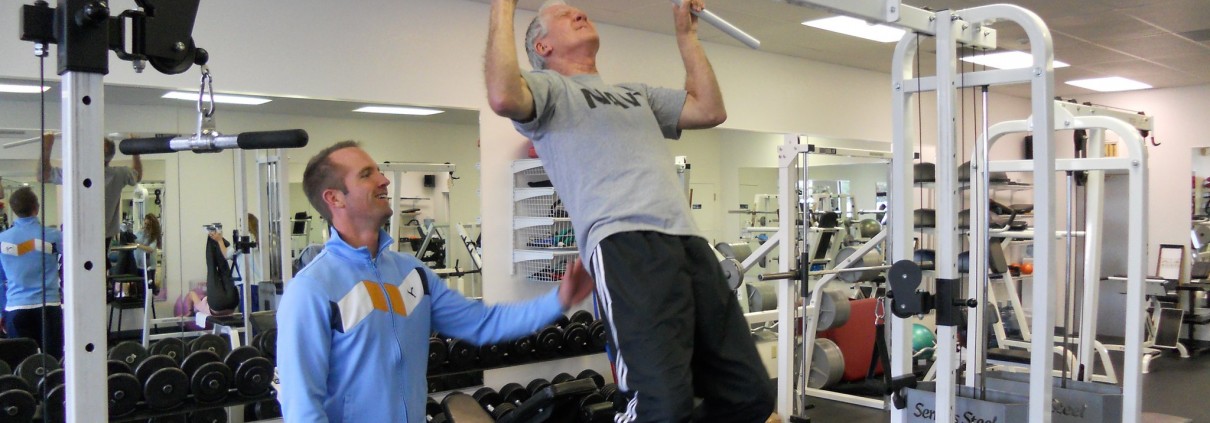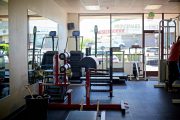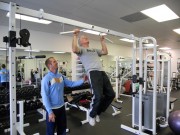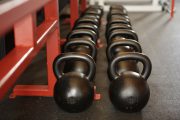What Seniors Should Know about Fitness & Target Heart Rates
Many of us are confused about the topic of heart rate zones for cardiovascular conditioning, and nowhere is the information more vague than for our senior population. This is what seniors should know about fitness and target heart rates.
Target Heart Rates
It has generally been believed that the formula that is most practical for finding one’s heart rate maximum is this:
220 – your age = maximum heart rate
This formula assumes that this number is the heart rate at which we would be able to perform physical work for a very short period of time, before our bodies would become oxygen depleted. Our heart rate would hit our individual maximum and we would soon have to stop exercise due to shortness of breath.
General fitness would be best achieved at 65% to 85% of our heart rate maximum. This is what we would program into our heart rate monitors, and off we would go! These days, we have every techno-fitness gadget imaginable, from Fitbits to strapless heart rate monitors, to help us track this. So why has this formula led most of the fit population, and many of our fit seniors, astray?
It’s Not the Math
As we become more fit, the high end of our heart rate decreases. This means our bodies can perform the same effort of work that was once difficult at a lower heart rate. The 85% that was once difficult becomes much easier to perform. And if we’ve programmed our device, whatever it may be, with a number in that 65% to 85% range based on our maximum heart rate, that number is no longer valid.
How does this relate to our senior citizen population? We have many fit seniors that program a heart rate device to beep at the 85% number when they are performing their cardiovascular work. The device will beep or otherwise alert its wearer, who will immediately decrease the effort and or speed of his or her work.
The truth is that the wearer is likely much more fit than their perceived 85%. This overly cautious step is driven by fear-based information warning seniors that they are at physical risk if they continue. But this is invalid, and there’s a better approach.
Regardless of our age, it takes constant adjusting and monitoring to keep moving forward with our bodies’ work capacity. Here’s a good rule of thumb – if it feels too easy it probably is! Instead of blinding trusting technology, let’s pay more attention to how we feel. If we think we can work harder, let’s do so.
It should be noted that we are talking about seniors in the fit demographic, those with a physician’s clearance to work out and who have already developed and sustained a fitness program for some time.
If you’d like help developing a fitness program tailored to your needs, a program that is constantly being fine-tuned to challenge your body safely and effectively, we welcome the opportunity to speak with you. Call or email today.











Leave a Reply
Want to join the discussion?Feel free to contribute!